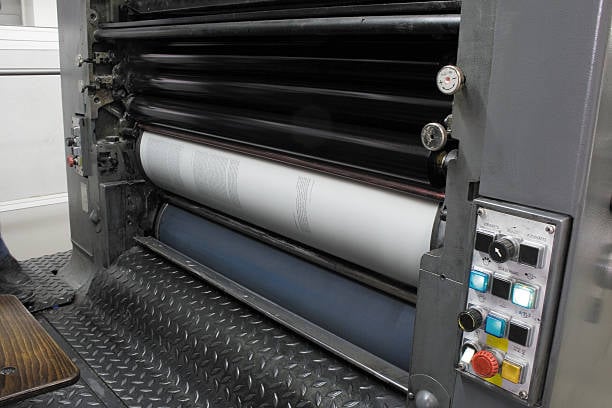The term "CTP direct plate technology" stands for "English Computer to Plate," and it was first used in the 1980s. However, the true use of printing will not be available for another 9–10 years. The CTP direct plate technology is currently undergoing a vigorous development phase; there have been numerous innovative technologies and systems. Applications of CTP technology are mostly found in commercial printing and newspaper printing, with the former focusing on printing quality, efficiency, and labor savings. The latter places more emphasis on high efficiency while saving supplies, etc.
A printing company must reduce plate and printing time to ensure that the production cycle is as short as possible to maintain competitiveness and achieve better economic and social benefits. This is because the market economy is exerting pressure on the industry.
The CTP system's composition
In a strict sense, CTP technology goods consist of CTP sheets and CTP equipment, which are both integral to the use and support of each other. The only way to create a full CTP system, broadly speaking, is by combining the two components of digital workflow and digital proofing.
Classification by CTP
A metal plate and a polyester plate are the first two points in imaging technology. Metal sheet most often refers to aluminum plate; its key characteristic is resistance to high India, for a variety of uses, and greater graphic quality, particularly for lengthy printing versions. The usage of the polyester version can enable the printing facility to satisfy client expectations with the rapid development of digital technology, on-demand printing, and short board lives more and more. The most popular polyester media are photosensitive resin and thermal versions if the coating is applied by the division.
From the standpoint of plate performance, there are two main system categories for plates: photosensitive and thermal. According to the different light waves, photosensitive may also be classified into red laser panels, green laser panels, blue laser panels, purple laser panels, and UV laser panels, for example. Photosensitivity can also be split into two types silver salt and photopolymerization. In addition to a heat-ablative plate, a thermally induced sheet, and a hot wax transfer sheet that does not require post-treatment, the heat-sensitive sheet also includes sheets that must be preheated before the development and sheets that do not.
The inner drum, outer drum, and platform three clock, which are each appropriate for newspaper and commercial printing, are listed under the equipment points. The CTP Platesetter, a common piece of imaging equipment today, converts the digital page's lattice data into the scanning laser's ON/OFF working state and performs progressive scanning imaging on the imaging plate to finish the printing process.

